Where the Romanovs were murdered: archived images

A chronicle has been published about the mysteries of Ipatiev House, Yekaterinburg, where the family of the last Russian emperor was executed by firing squad. Photojournalist and historian Vitaly Shytov has dedicated 40 years of study to the tragic history of the house. “Ipatiev House. Documentary and Photographic Annals. 1877-1977” features many investigative and archival materials, the main task of which is to shed light on the mystery of the death of the last tsar’s family. / Ipatiev House behind the fence. September 1977. Photo by Shytov.
Vitaliy Shitov
Ipatiev House was built in the late 1880s on the site of the former dacha of renowned Russian historian and geographer Vasily Tatishchev — founder of Yekaterinburg and Stavropol (now Togliatti). / Red Army soldiers and residents on the porch of Ipatiev House. 1927
Victor Bykov
In 1908, the house was bought by mining engineer Nikolai Ipatiev. In 1918, after the revolution and overthrow of the tsar, it was requisitioned by the government. After the expulsion of the Soviet authorities, the house returned for a short period to its previous owner, who soon emigrated from Soviet Russia / Environs of Yekaterinburg. Memorial to the Romanovs on old Koptyakovskaya Street. Photo by V. Shytov.
Vitaliy Shitov
In April 1918, when Ipatiev was away, the house was requisitioned by the local authorities. A high fence was built around the building. The family of Tsar Nicholai II, in exile in Yekaterinburg at the time, was placed in the house on April 30 and held there for 78 days, before being executed on the night of July 16-17, 1918 / Weapons of regicide: Ermakov’s Mauser № 161474.
Archive photo
The firing squad was led by Yakov Yurovsky, commandant of Ipatiev House. Shytov tells that during his research for the book what caught his eye most were the notes of regicide Yurovsky. One of the memos contained a secret transcript of a Bolshevik meeting in 1934 at the Romanovs’ dwelling place in the Urals. / Group of Ural Bolsheviks at the Romanovs’ “grave” — the alleged burial place of the Romanovs.
Archive photo
One of the regicides, revolutionary Peter Ermakov, on a small bridge over some sleepers in Porosenkov Ravine, where the bodies of the Imperial family and their servants were hidden. 1924. According to the guard Strekotin, Peter Ermakov finished off the dying members of the family with a bayonet.
Archive photo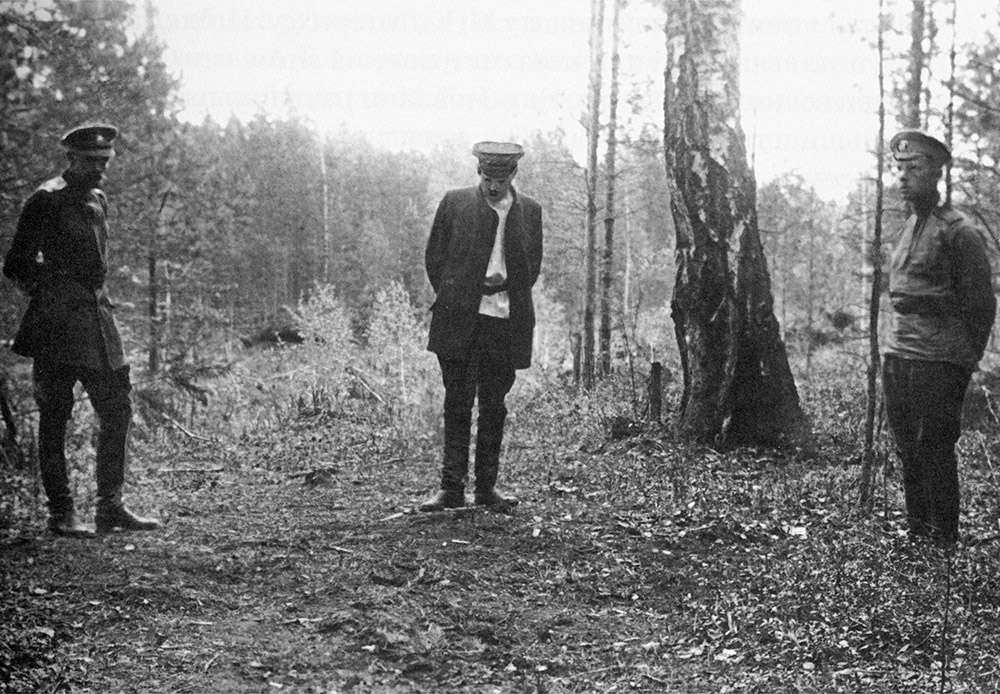
Ganina Yama (Ganya’s Pit). Investigator Nikolai Sokolov at the site of a bonfire. Nikolai Sokolov devoted his whole life to collecting documents and evidence relating to the murder of the Romanovs. His research provided the basis for the book “The Murder of the Imperial Family. From the Notes of Judicial Investigator N.A. Sokolov,” published in 1925, which, according to some, shows signs of third-party editorship. Because of this, Sokolov’s full authorship remains in doubt.
Archive photo
At various times Ipatiev House was home to the Antireligious Museum, the Council of Atheists, the Rector’s Office of the Ural-Siberian Communist University, a hostel for evacuees, a branch of the Institute of Culture, and a regional party archive. During the Great Patriotic War, it was used to store exhibits from the Hermitage, which had been moved from Leningrad. / Porosenkov Ravine. Memorial to the Romanovs. A commemorative cross at the site of the remains of Tsarevich Alexei concealment and his sister Maria. 2013. Photo by A. Kazakov
A. Kazakov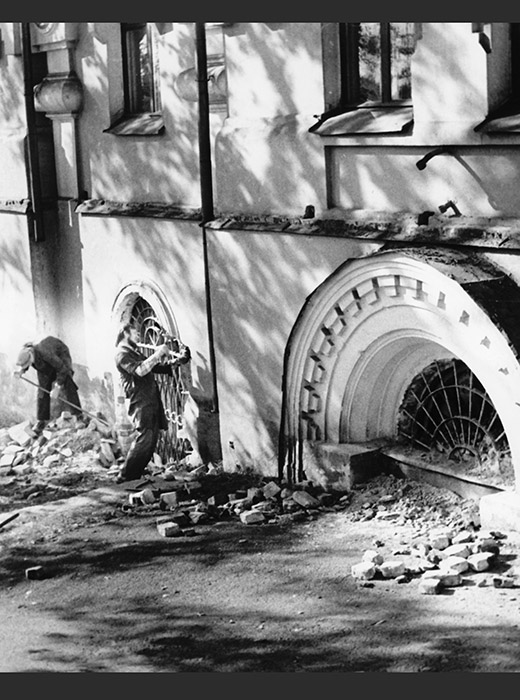
The house was demolished by order of the Politburo, since the place had always roused too much interest among residents and visitors alike. In 1977, it was knocked down. Vitaly Shytov was the only journalist to catch it on a hidden camera. \ The destruction of Ipatiev House. Photo by V. Shytov. September 16, 1977
Vitaliy Shitov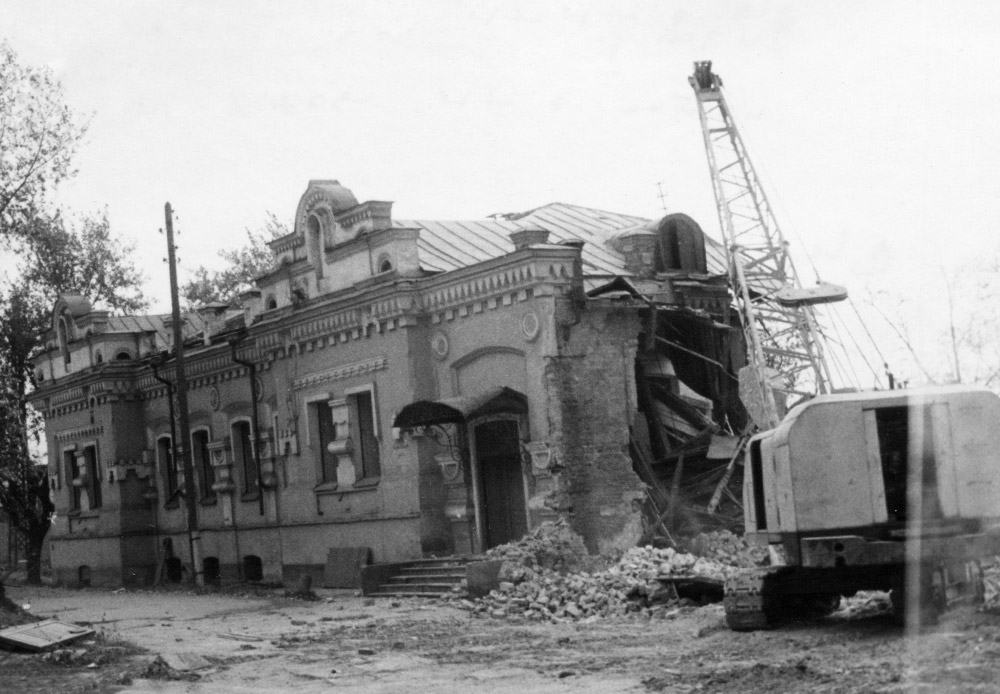
“The demolition was done in secret on September 16, 1977, under the control of the security services. The house was fenced off, no journalist or photographer was allowed near. I took my shots from a bus at a distance of 20-30 meters from the house. The intelligence services recorded it for official purposes. But my pictures were of a more general nature,” says Shytov \ Chronicle of the destruction of Ipatiev House. Exclusive photo footage by Vitaly Shytov, Sverdlovsk (Yekaterinburg). September 16-17, 1977
Vitaliy Shitov
Shytov is in possession of some artifacts left behind after the destruction of Ipatiev House: bronze handles, strips of wallpaper, brass oven doors... They are now on display in the Romanov Memorial Museum in Yekaterinburg. \ Ipatiev House. View of the south-east side of the basement. 1977. Photo by V. Shytov
Vitaliy Shitov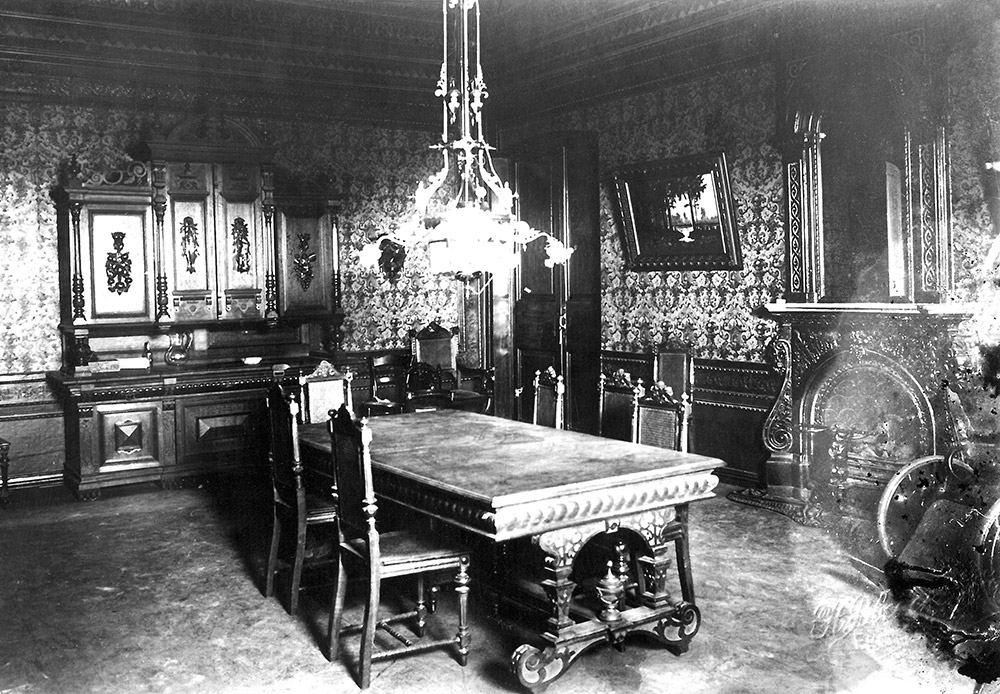
The archives finally opened in 1990, since which time Vitaly Shytov has collected information on the fate of the owner of the house and the death of the Imperial family. The book contains materials from conferences at which scientists from around the world — anthropologists, archaeologists, geneticists — concluded that the discovered remains of the Imperial family were genuine \ Ipatiev House. Dining room. The Imperial family was brought here before being taken to the basement. Photo by N. Vvedensky
N. Vvedenskiy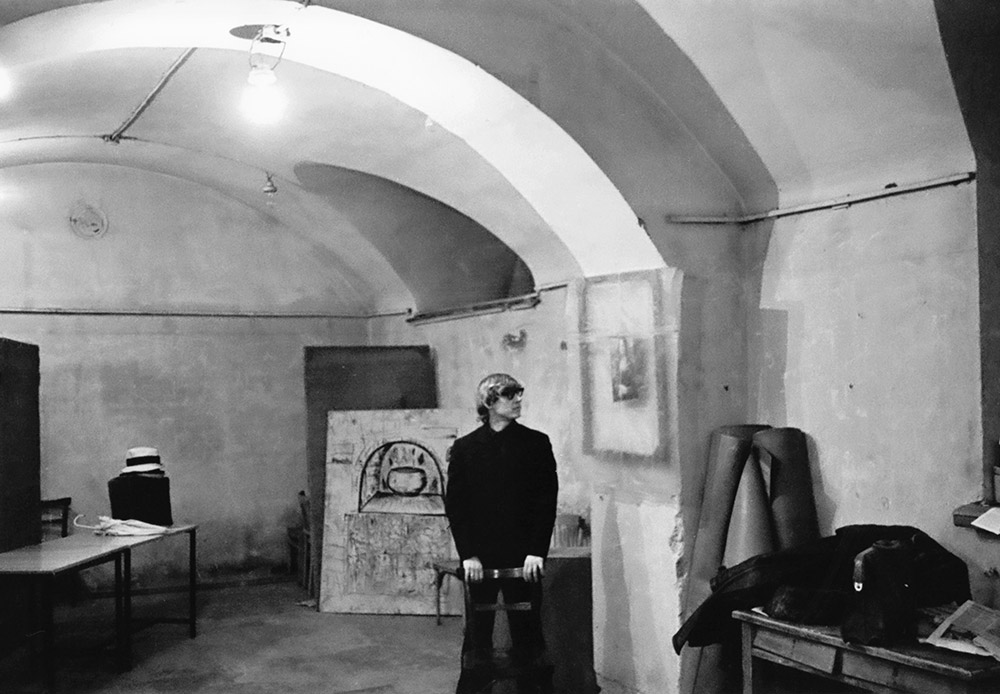
In 2003, on the former site of Ipatiev House, the Church-on-the-Blood, one of the largest Orthodox churches in Russia, was erected. \ Ipatiev House. Execution room. 1918. Photo by N. Vvedensky
N. VvedenskiyAll rights reserved by Rossiyskaya Gazeta.
Subscribe
to our newsletter!
Get the week's best stories straight to your inbox